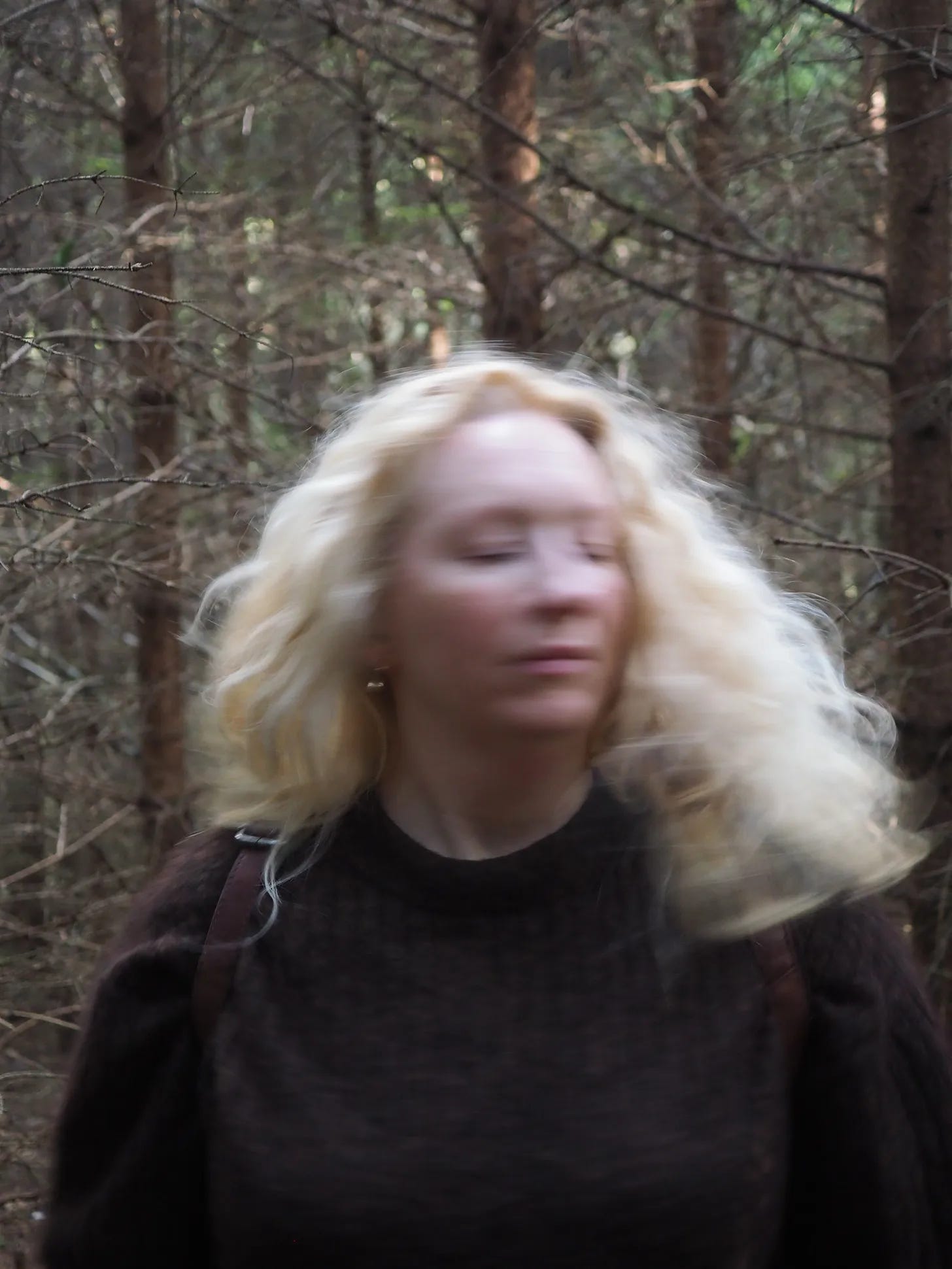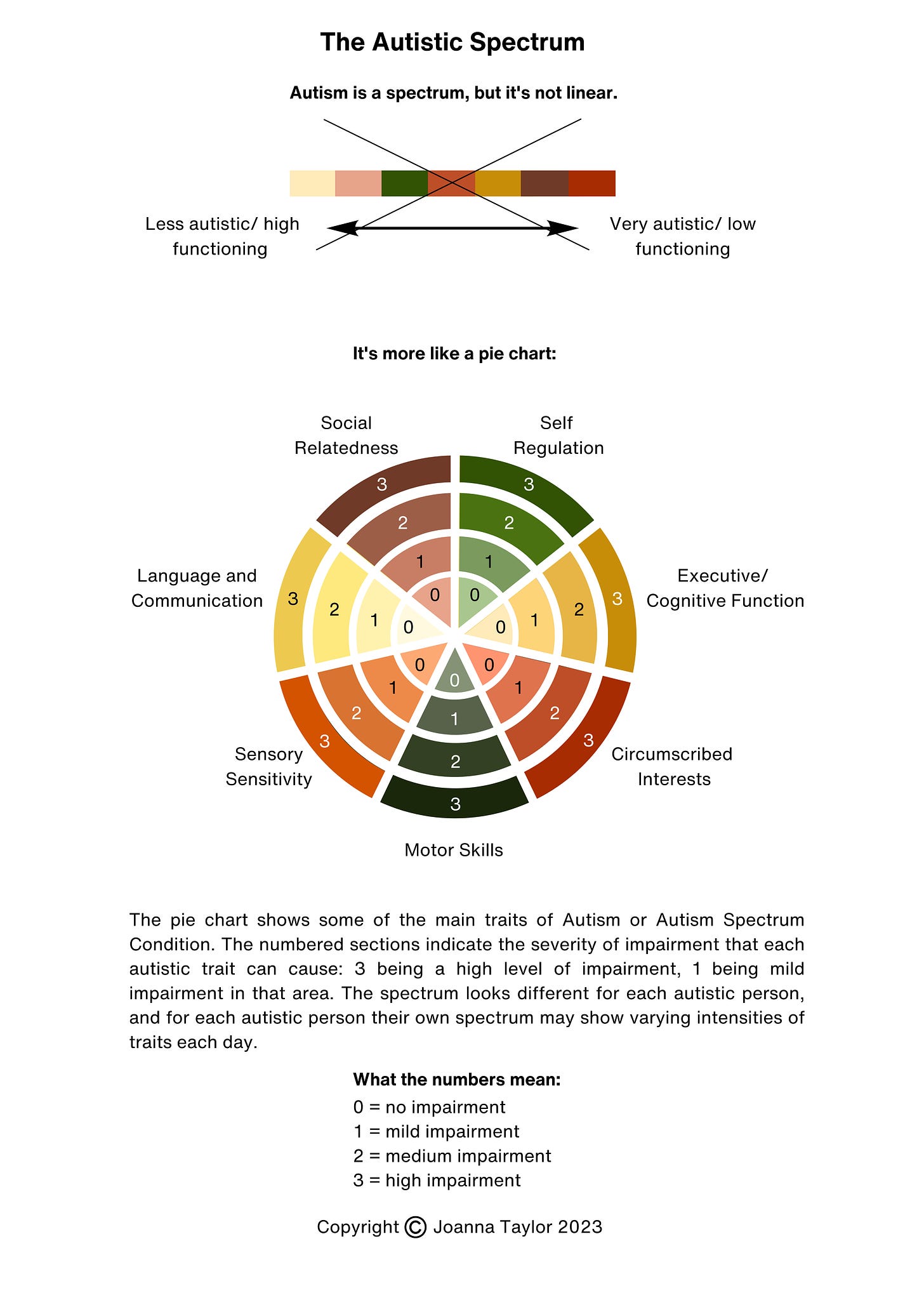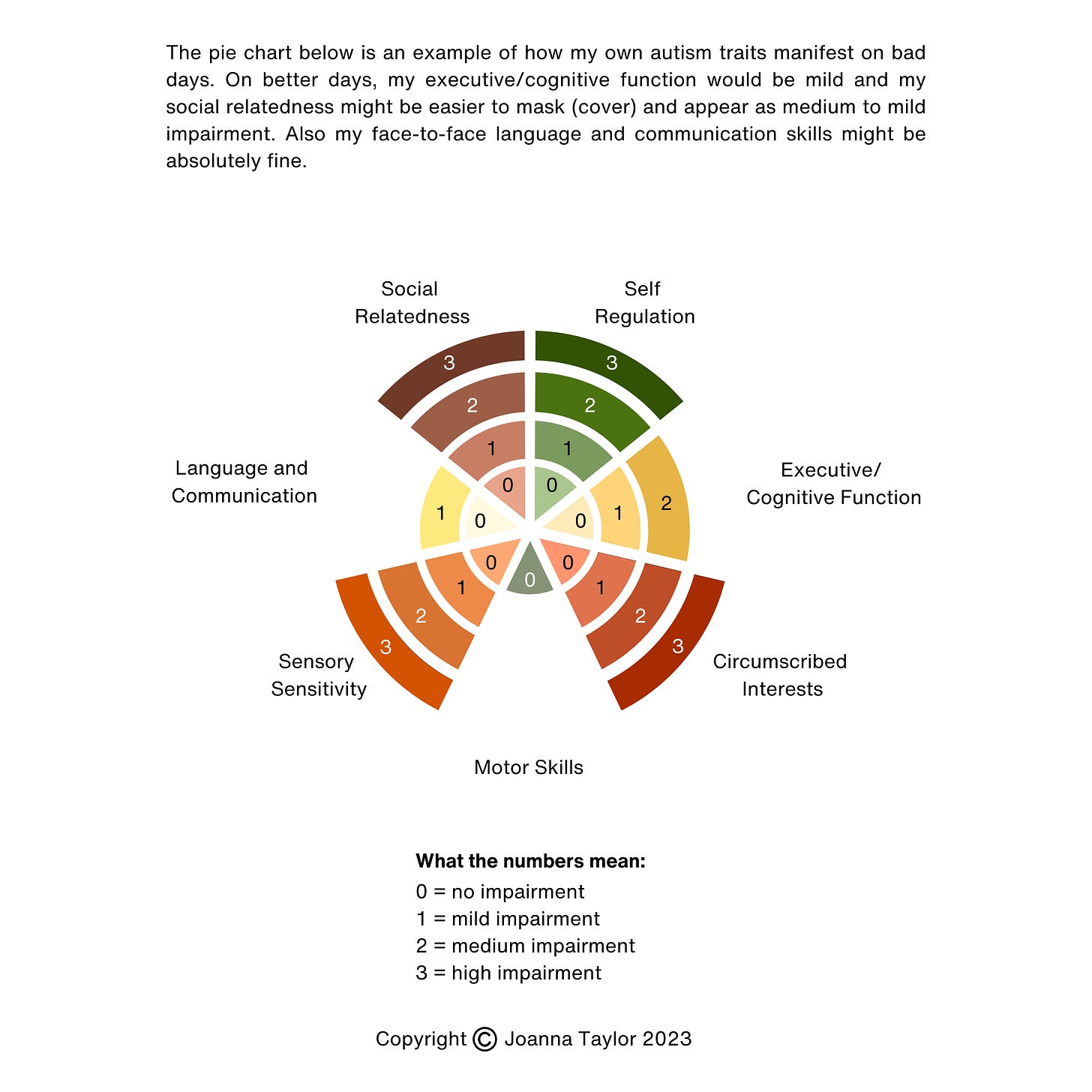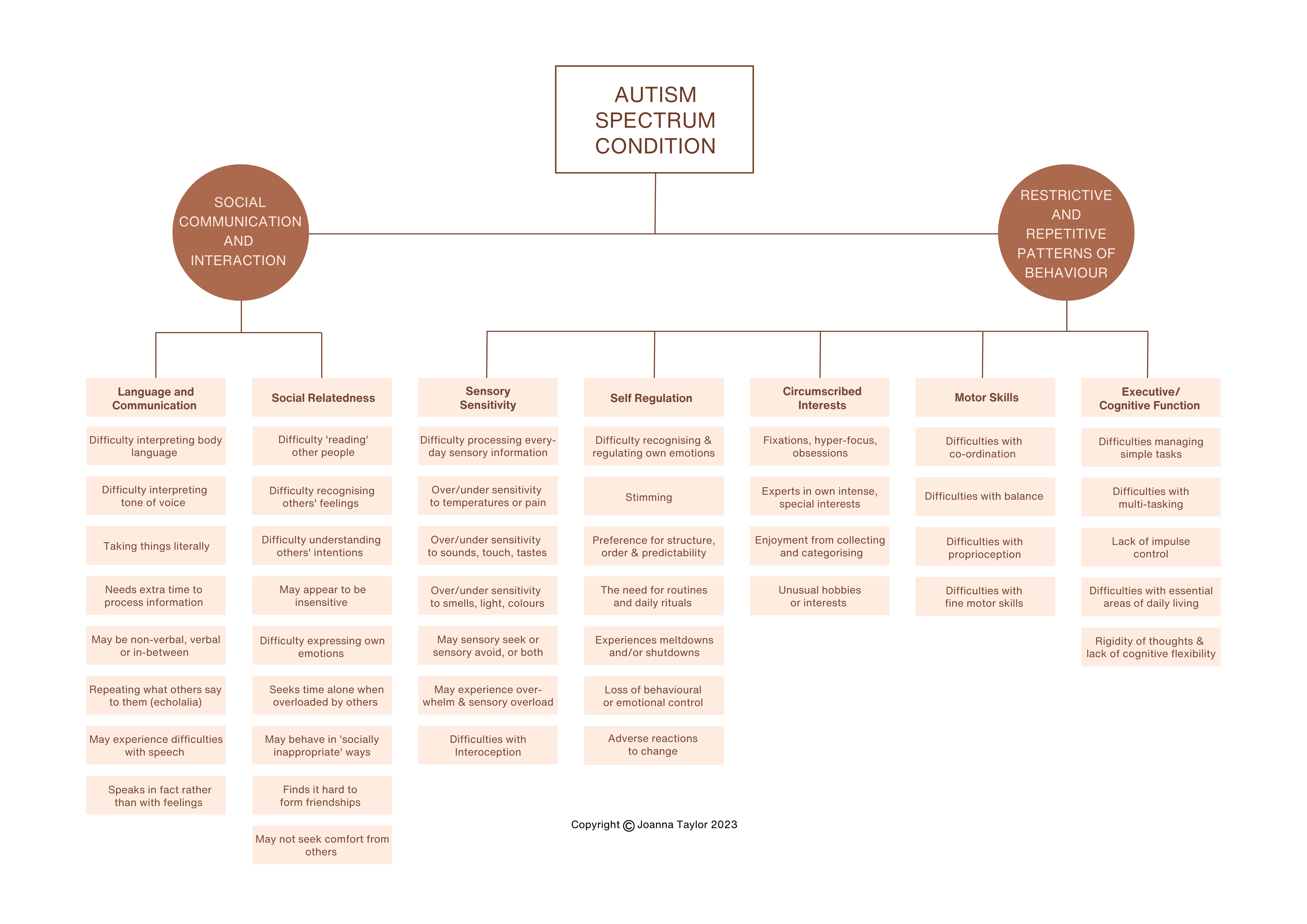This week is World Autism Acceptance Week, which runs from March 27th to April 2nd. The week is about awareness, acceptance, fundraising and also celebrating autism. The aim is to shine a light on autism to increase awareness about people and especially children who have autism. With an increase in awareness comes increased understanding which for children can have a major impact on including autistic pupils in school communities. For autistic adults, this increase in awareness is helpful because many of us encounter daily challenges in every day life that our peers may not be aware of.
I’m autistic and one of my nephews (now aged 11) is also autistic. We have both been formally diagnosed through the assessment process, at different times. My nephew was diagnosed when he was a young child, I was diagnosed as an adult. My father is also autistic.
This is the first of a few posts focusing on autism. My experiences have shown me that it is still greatly misunderstood. In this post, I’ll be looking at what autism is, as well as some common myths and separating them from the facts. This is all in the hope that it helps to increase understanding, acceptance and ultimately, support.
Disclaimer: I’m not a doctor, health professional, or an expert in Autism Spectrum Condition or neurodiversity. But I am an expert on myself and therefore the information documented here is based on my own personal experiences of being autistic and the research that I have done based on these ongoing experiences. I am not speaking for all autistic people. My perspective is that of a cis-het, white, adult woman in her forties.
What is Autism?
Autism Spectrum Condition (ASC) or Autism for short is a lifelong neuro-developmental condition. It affects how people perceive, think, communicate, interact and process information; which means that autistic people respond to others and the world around them differently. Whilst the associated difficulties are well documented, it also brings with it many strengths.
Can autism be cured?
No, autism is a life-long condition, but it is not an illness or disease. It's something you're born with; so if you're autistic, you're autistic your whole life. It’s not a medical condition with treatments or a cure. Being autistic means that the brain works in a different way from other people. I would ask, why would we want to cure autism? A cure in this context can imply that there’s something inherently ‘wrong’ with autistic people or that we are ‘less than’ our allistic (non-autistic) peers. Autistic people have unique strengths and perspectives on the world. By trying to make people less autistic, it suggests that diversity and being different is wrong and being neurotypical is the ‘right’ way to be. In my opinion suffering can be reduced by the right therapies, support and coping mechanisms and by greater acceptance of autistic people by society. This would reduce some of the challenges faced.
What do you mean by spectrum?
Simply put, a spectrum is a range of varied but related ideas or objects. In regards to the autistic spectrum, it refers to a set of traits (or signs and symptoms) associated with Autism Spectrum Disorder. Previously it was thought that this spectrum was like a line going from one point to another: ‘low functioning’ to ‘high functioning’. It is now widely accepted that the autism spectrum is more complex. Autistic people can experience different levels of impairment of each trait. This can also change from day to day depending on the environment and other factors. This range and mix of challenges mean that some autistic people need little or no support and others may need help from a parent or carer every day. A key point is that the spectrum looks different for each autistic person; also for each autistic person their own spectrum may show varying intensities of traits each day.
Below is a visual representation of the spectrum. There are plenty of similar graphics out there, but this is my own interpretation. Please feel free to share this and any of the other infographics in this post if you think they might help someone else, but please credit - it took me ages to make these!
Not every single trait is listed on the chart above, but as a guide it will hopefully help to picture what the spectrum looks like.
The chart below shows what my own autistic spectrum looks like on particular days. I’ve included it in this post as an additional visual aid. Another autistic person’s spectrum will look different to mine, even though we share many of the same traits.
Why aren’t the terms low-functioning and high-functioning used anymore?
Because inclusive language is important. ‘High functioning’ and ‘low functioning’ both reflect outdated autistic stereotypes and tropes which are inaccurate and can be harmful. Referring to someone as high or low functioning is reductive and insulting and can make people feel like others are superior or inferior to them.
Below is another infographic that I put together. It shows the characteristics of ASC or autism in more detail than the pie charts above.
What about ASC being a ‘Super Power’?
It’s a myth that all autistic people have special abilities. The outdated ‘Rain Man’ stereotype that all autistic people are geniuses is incorrect and unhelpful. Lots of autistic people have intense special interests and may have a lot of knowledge about a favourite subject, but that's not the same as having ‘superpowers’.
Everyone’s a little bit autistic, aren't they?
No. This is another myth. Not everyone is ‘a little bit autistic’. The same goes for ‘we’re all on the spectrum’. By saying these things it dismisses and diminishes the reality and struggles that an autistic person experiences in their everyday lives. It couldn’t be more invalidating. Sometimes people think about autism as just being introverted, having anxiety or being a bit socially awkward; but autism is a neurological difference that affects how people communicate and experience the world. For example, not all introverts are autistic and not all autistic people are introverts. This same reasoning is also applicable when using expressions like ‘he’s a bit autistic’ as a way of describing someone’s behaviour or demeanour (usually in a not very flattering way) who isn’t actually autistic.
You don’t look autistic, are you really?
Where do I start with this one. This deserves a separate post, where I’ll also discuss similar statements such as ‘you don’t seem autistic’.
Is autism a learning disability?
No. Some autistic people also have a learning disability, but others do not. Autistic people can have any level of intelligence. Some autistic people have average or above average intelligence. Some autistic people have a learning disability as well as autism which means they may find it harder to look after themselves and need help with daily life.
Does everyone with autism also have ADHD?
No. Attention Deficit Hyperactivity Disorder/Condition (ADHD) comes under the neurodiversity umbrella, as does Dyslexia, Dyspraxia, Dyscalculia and Autism . Some people might have several neurodiverse conditions, some people will only have one.
Isn’t autism mostly a male condition?
People of all genders can be autistic but there is still a big assumption it mainly affects the male population. The presentation of autism can be different between males and females and some autistic people, particularly girls, learn to mask autistic traits to fit in – for example, by practicing maintaining eye contact or rehearsing social interactions before they happen. This often means that for adult women, the signs may have been missed when they were children.
There’s so much more to say about autism, but I will leave that for future posts. Below you’ll find some resources and references that I have used and that may be of help, should you wish to read further.








